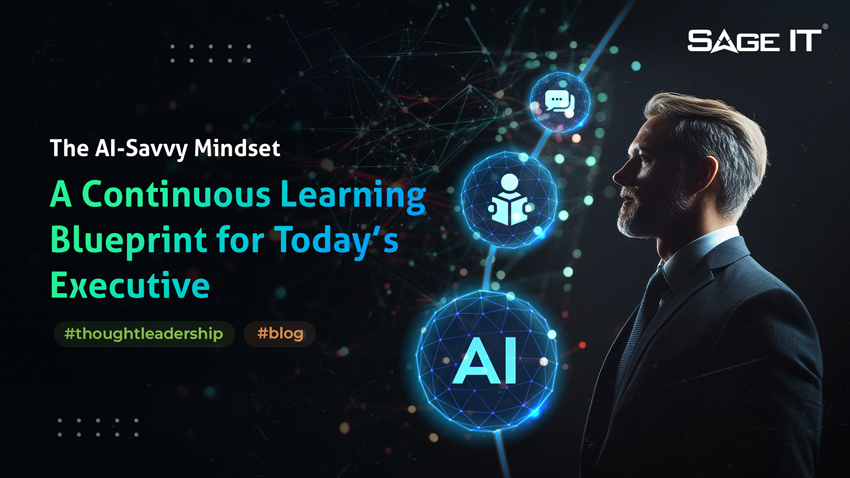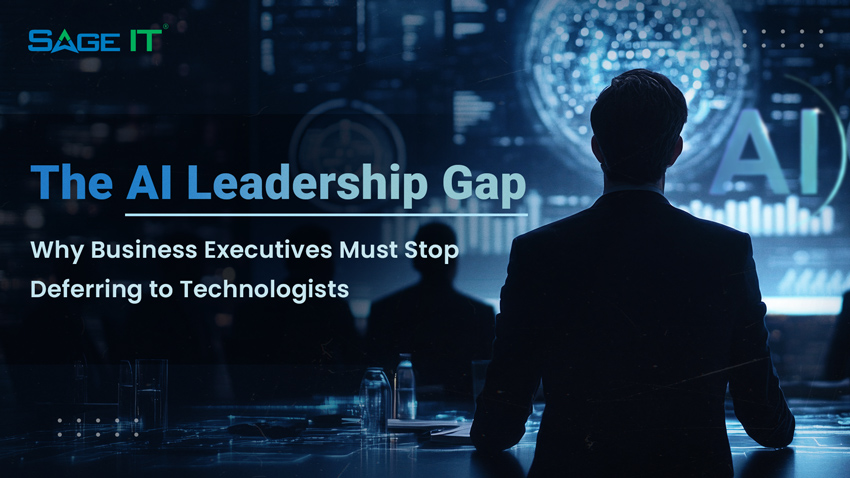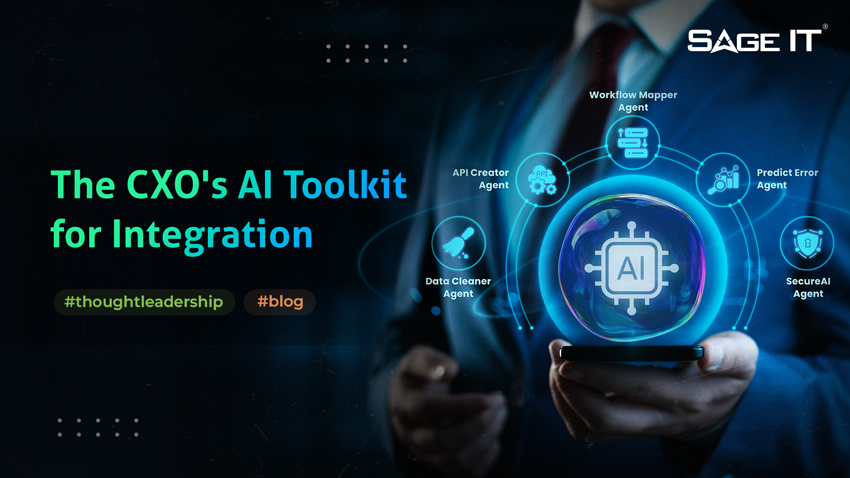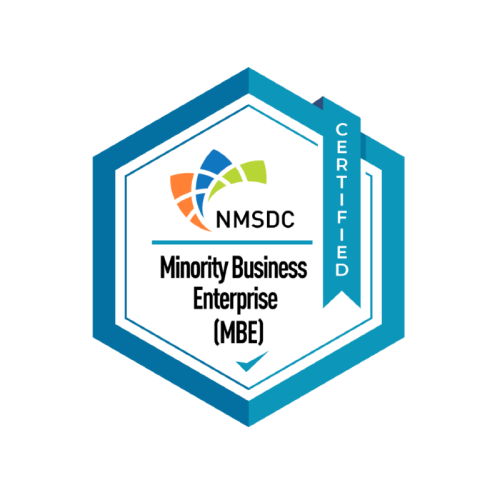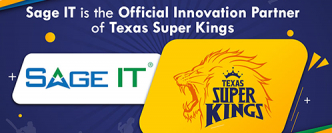Most executives feel the urgency to integrate generative AI, rushing to deploy models, hire ML experts, or launch flashy features. However, technological leaps alone rarely determine winners.
As generative AI becomes ubiquitous, mirroring the early cloud era, technical advantage fades. When every firm uses similar models, strategic clarity rather than model sophistication becomes the true differentiator.
“In a world of commoditized AI, strategy is your only moat.”
According to McKinsey’s 2024 Global AI Survey, 65% of organizations regularly use GenAI in at least one business function, nearly double the figure from last year. APIs and foundation models from OpenAI, Google, and others are leveling the playing field. What remains isn’t a technological edge; it’s a strategic one.
Why Strategy, Not Tools, Defines AI Winners
Consider two banks deploying GPT-4 chatbots. The core capability is nearly identical. The real differentiator? Proprietary data driving personalized conversations, workflows embedding AI into the customer journey, and strategic intent that fosters trust.
History proves the point. Amazon didn’t win by inventing protocols. It reinvented retail on top of standard technology. Netflix outpaced rivals not through superior streaming, but by reshaping its business model early. GenAI follows the same logic: while technology levels the field, strategy determines the winners.
For executives, this flips the narrative. AI is not an IT initiative; it is a core business strategy, owned by product leaders, CX architects, and the C-suite.
If you’re shaping that strategy, our GenAI Consulting services help you define your moat, pick the right pilots, and set up governance so you can scale with confidence.
Strategic Directions to Create Competitive Moats
1. Innovate Offerings Beyond Efficiency
Embedding AI features won’t secure leadership. Ask: What new product or service can AI enable that customers will pay for?
- AI-as-a-Service: Consulting firms monetizing proprietary frameworks as subscription-based AI tools.
- Always-on AI Tutors: Education providers scaling personalized learning through 24/7 assistants.
These innovations create defensible positions competitors can’t replicate without deep AI integration.
2. Redesign Customer Experience Strategically
If everyone uses AI, experience becomes the differentiator:
- Human+AI Hybrid: Seamless AI support plus human expertise for complex issues.
- Pure AI Convenience: 24/7 instant service at low marginal cost.
Both are strategic choices, not tech implementations.
3. Hyper-Personalization as a Competitive Weapon
GenAI’s scalability enables brands to redefine market segmentation. A retailer can dynamically tailor shopping journeys through customized site layouts, personalized offers, and curated tones for individual personas. Generic AI can’t match that level of relevance.
4. Efficiency as Strategic Leverage
AI efficiency isn’t just about trimming costs. It reshapes market dynamics by automating knowledge work, which either enables cost leadership or fuels innovation reinvestment.
Walmart scaled through operational efficiency. GenAI offers similar leverage, but only when paired with intentional transformation that includes redesigned processes, redefined roles, and workforce retooling.
Build Data Moats: Fuel GenAI with Proprietary Assets
Foundation models are engines. Data is the fuel. Proprietary data and domain insight form your sharpest moat.
Ask: What data do we have that rivals don’t?
- Customer Behavior Logs: Richer than any third-party dataset.
- Operational Data: A manufacturer tuning AI on decades of maintenance logs outperforms any generic model.
If you lack data, build partnerships. For instance, an insurer integrating auto sensor data with OEMs crafts underwriting tools competitors can’t mimic.
Also, embed human insight:
- An investment firm fine-tuned market analysis tools using veteran analysts’ philosophies, resulting in a digital junior analyst that competitors can’t reverse engineer.
Protect your data advantage:
- Prevent leakage through enterprise contracts.
- Deploy private instances for sensitive workflows.
- Expand your data pipeline while maintaining hygiene and compliance.
But data alone isn’t enough. Speed and adaptability determine who capitalizes first.
Build Organizational Agility: Your True Multiplier
Even visionary strategies fail without fast execution. GenAI’s evolution rewards those who move decisively.
Break Silos with Fusion Teams
Cross-functional teams including data scientists, domain experts, compliance, and operations help break down silos and enable rapid iteration. AI sales assistants, for instance, require collaboration across multiple verticals.
Prioritize Speed Over Perfection
Adopt a test-and-learn model:
“Every AI project should ship something usable in 8–12 weeks. Iterate from there.”
Fast feedback builds insight, credibility, and momentum. Winners don’t wait for perfection; they learn faster than others even begin to plan.
Upskill Strategically
Winning isn’t about hoarding AI talent. Retrain internal teams to adapt workflows. Build AI academies. Embed governance to ensure ethical, aligned, and operationally sound deployments.
Pitfalls to Avoid
Homogenization of Offerings
Standardized tools lead to sameness. Combine AI with human creativity to maintain brand distinction. Ask: “What’s our value beyond ‘we use AI too’?”
Talent Turnover & Skills Gap
AI fluency is portable. Build hybrid talent that combines domain expertise with AI proficiency. Retain top performers through ambitious projects and clear growth tracks.
Strategy Transforms GenAI from Buzzword to Moat
GenAI is no longer futuristic; it is foundational. The next winners will think like chess grandmasters, orchestrating technology, data, and talent into competitive moves others can’t replicate.
Ask yourself:
“When GenAI is everywhere, what makes us truly different?”
The answer defines whether you lead as the personalization pioneer, cost leader, or trust-rich domain authority.
As AI agents execute tasks autonomously and governance tightens, the edge will belong to those who adapt, align, and act faster—with greater strategic intent than the rest.


